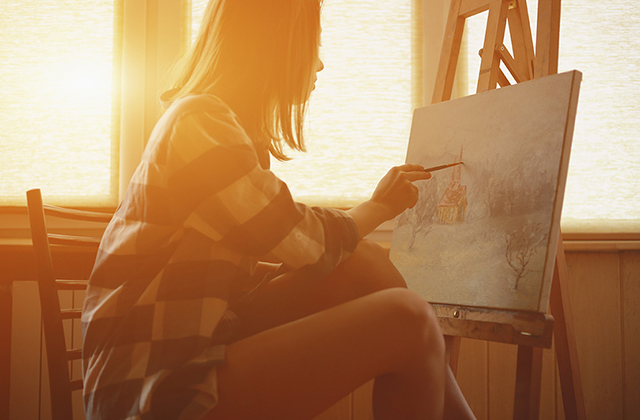You’ve made a storyboard for a project, assignment, or idea and yet something seems to be lacking. You’ve got a great story and covered all the topics you need, but you still have this feeling that it could be even better. Look no further! This article will teach you all the tips and tricks you need to make your storyboard the absolute best it can be! Storyboard artists storyboard software gives film and video professionals a fast and efficient way to create professional storyboards and animatic storyreels.
There are many subtle things that go into storyboard creation that add monumental value and create a professional look:
- Layout Efficiency and Cleanliness
- Character and Prop Positioning
- Cropping and Layering
- Color and Effects
- Consistency
Layout Efficiency and Cleanliness
Any storyboard, no matter how good the content, can be ruined by a badly organized layout. The layout is the way scenes, characters, text and objects are arranged in the cell area. Using the space to its fullest and balancing all the components creates an aesthetically appealing final product.
Character Positioning
More often than not, storyboards are character driven, meaning the the action is propelled by the characters. Your storyboards rely heavily on those key characters, and if they are missing emotion and intrigue, your story will be as well.
Be sure to take advantage of our character poser which allows you to change the expressions, arms, and legs of your characters. Body language is crucial when trying to express emotions or ideas with a character.
Cropping and Layering
By layering objects and taking advantage of the ability to crop characters, scenes, and items, a whole new dimension of storyboarding can be reached. By incorporating cropping and layering, you can create the illusion of forefront, middle-ground and background. This illusion keeps your storyboard from being flat and two dimensional.
Coloring and Effects
Storyboard That offers special effects that can be added to individual objects or an entire scene. Using sepia and black and white filters can give the illusion of the past, an imagined situation, or a memory. There are also textured effects available that add canvas bumps or diffuse light. There is also a pencil option to make your storyboard look more like a sketch!
When creating your storyboards, it is important that you have fun and enjoy the experience. Using these tricks, tips, and ideas can make your boards “pop”, but it is your vision and input that really makes your final piece worth showing off! Read more on how to be a good artist.
